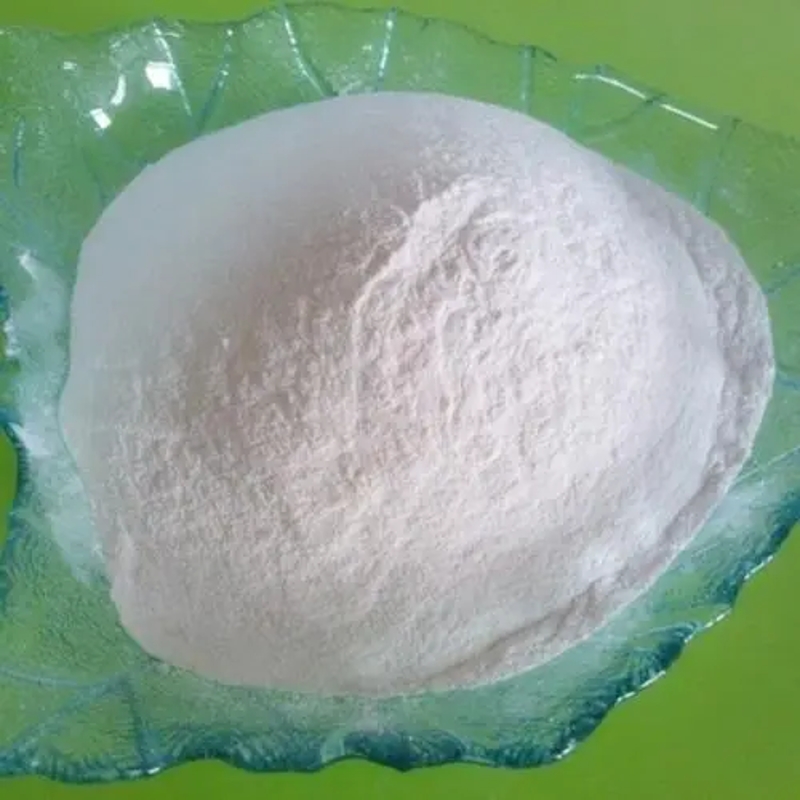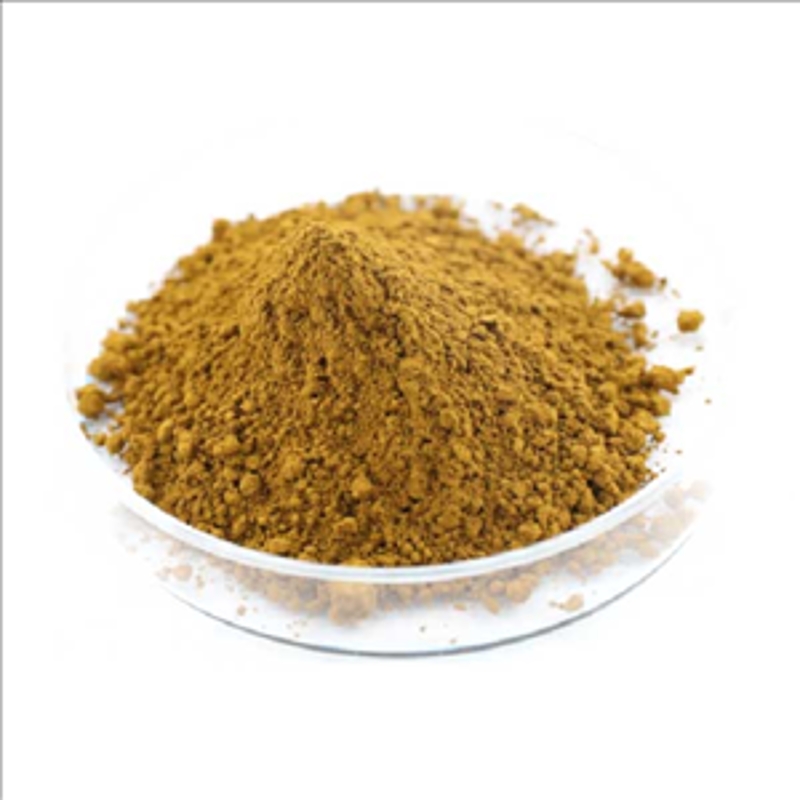-
Categories
-
Pharmaceutical Intermediates
-
Active Pharmaceutical Ingredients
-
Food Additives
- Industrial Coatings
- Agrochemicals
- Dyes and Pigments
- Surfactant
- Flavors and Fragrances
- Chemical Reagents
- Catalyst and Auxiliary
- Natural Products
- Inorganic Chemistry
-
Organic Chemistry
-
Biochemical Engineering
- Analytical Chemistry
- Cosmetic Ingredient
-
Pharmaceutical Intermediates
Promotion
ECHEMI Mall
Wholesale
Weekly Price
Exhibition
News
-
Trade Service
January 14, 2021 // -- Novartis recently announced that the U.S. Food and Drug Administration (FDA) has granted Ligelizumab (QGE031) breakthrough drug eligibility for the treatment of chronic spontaneous urticaria (CSU) patients who do not respond well to H1 antihistamine therapy.
noted that ligelizumab is the first drug granted by the FDA to BTD to treat patients with H1 antihistamines that do not respond enough to CSU.
currently, treatments for CSU patients are limited.
BTD qualification demonstrates the potential of ligelizumab to provide substantial benefits that exceed existing therapies.
BTD is a new drug review channel created by the FDA in 2012 to accelerate the development and review of new drugs used to treat serious or life-threatening diseases, and there is preliminary clinical evidence that the drug has significantly improved one or more clinically significant endpoints compared to existing drugs.
access to BTD drugs, and closer guidance, including from senior FDA officials, in the development process to ensure that new treatment options are available to patients in the shortest possible time.
Sodic spontaneous urticaria is a debilitating disease that can have a significant impact on a patient's life," said Angelika Jahreis, M.D., director of global development for immunology, liver disease and dermatology at Novartis.
patients are looking for more and better treatments to control their disease because there are too few alternatives.
FDA's breakthrough drug qualification recognizes the need for more effective treatment for this unpredictable, systemic and debilitating disease.
"CSU" (Photo: rappler.com) CSU is also known as chronic idema urticaria (CIU), an unpredictable and serious skin disease that typically manifests itself in urticaria (itching, painful wind thumps), swelling (angioedema) or both.
CSU can be challenging or frustrating for patients due to severity and unforcedity.
usually lasts 1-5 years, but lasts longer in some patients and can have a negative impact on quality of life.
pathogenesis of CSU is not yet fully clear, but most patients are known to involve autoimmune mechanisms.
Currently, CSU is treated with second-generation antihistamines, and when high-dose antihistamines fail, the anti-IgE monoclonal antibody Xolair (Emaju monoantigen) is often added as a three-line therapy, even though many patients still do not have complete control over their symptoms.
Xolair was developed and promoted by Novarma in collaboration with Roche's Gene Tektronix, a monoclonal antibody drug targeted at binding to IgE, which was first approved in 2003 to treat asthma patients with difficult symptoms and again approved in 2014 for chronic urticaria (CSU), which is difficult to treat with the H1 antihistamine drug.
in the U.S. and Europe, Xolair has lost patent protection and Novarma is actively promoting the clinical development of ligelizumab.
ligelizumab mechanism (click on the image to see the graph) Ligelizumab is a new generation of source anti-IgE monoclonal antibodies that block the IgE/FceR1 signaling path, which is a key driver of CSU's inflammatory process.
ligelizumab has an IgE affinity higher than Xolair and is currently in phase III clinical development for treating patients with CSU who do not have sufficient symptoms to receive H1 antihistamine therapy.
phase III program includes 2 Phase III clinical studies (PEARL 1, PEARL 2) and has recruited more than 2,000 patients in 48 countries around the world.
in the Phase IIb dose discovery trial, a higher proportion of patients in the ligelizumab treatment group achieved complete remission of the wind group (measles) compared to the Xolair treatment group.
in patients with poor control of antihistamines, ligelizumab found no safety issues compared to Xolair or placebo.
is expected to file a listing application with the FDA in 2022.
as a successor to Xolair, and if ligelizumab companies are successful, it will help Novarma defend its CSU treatment franchise.
() Original origin: Novartis ligelizumab (QGE031) receives FDA Program Therapy designation for patients with chronic urticaria (CSU)







